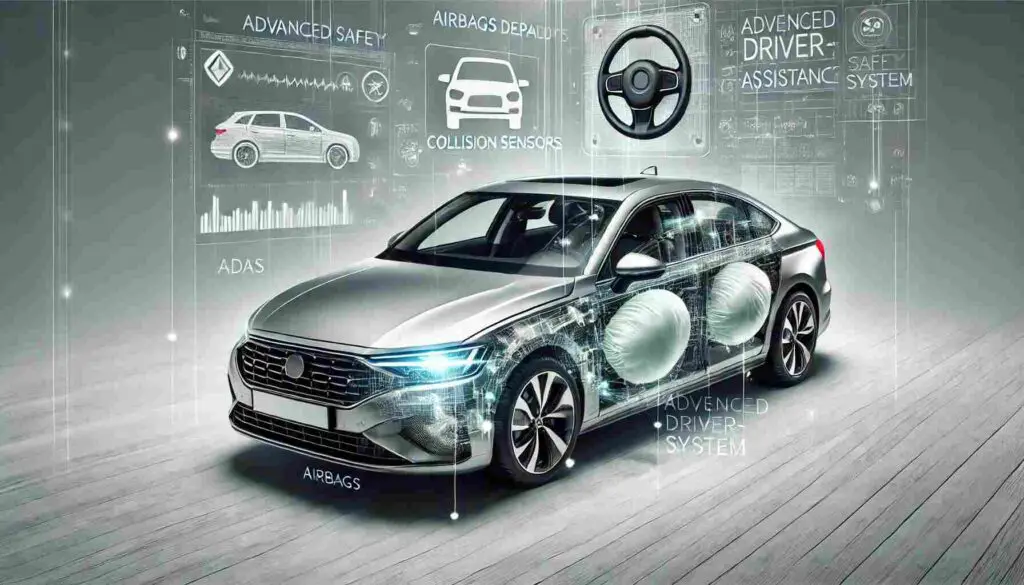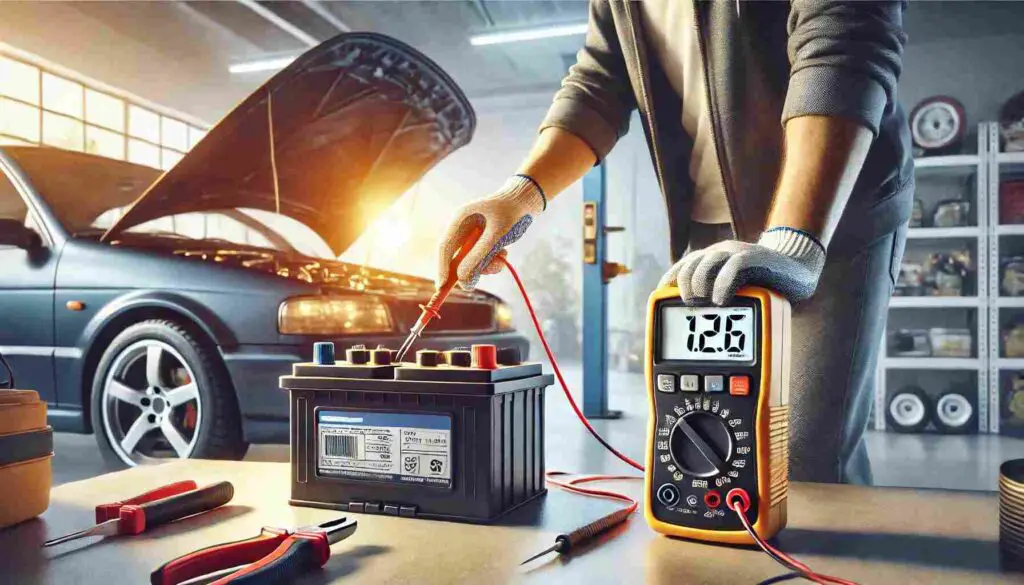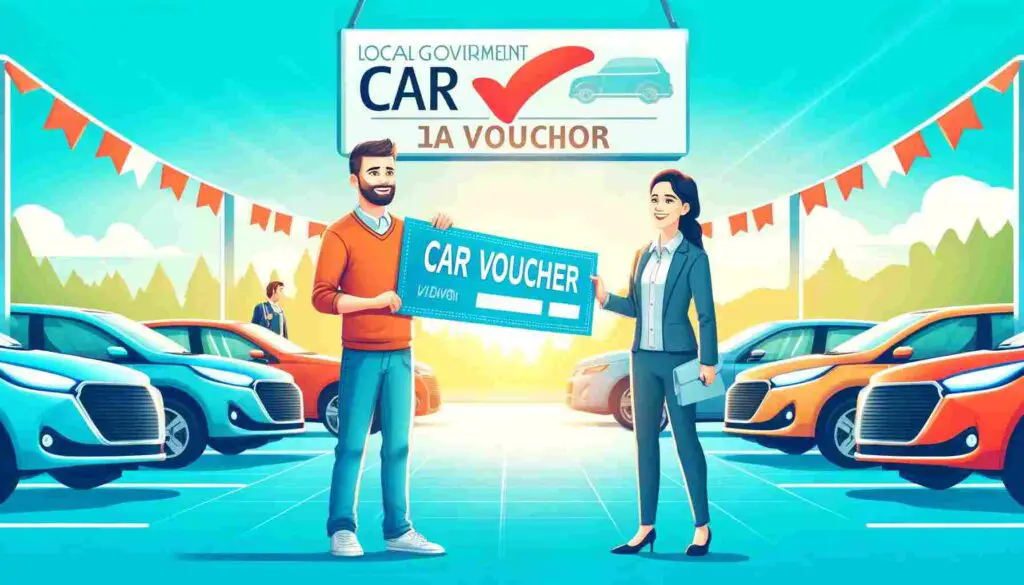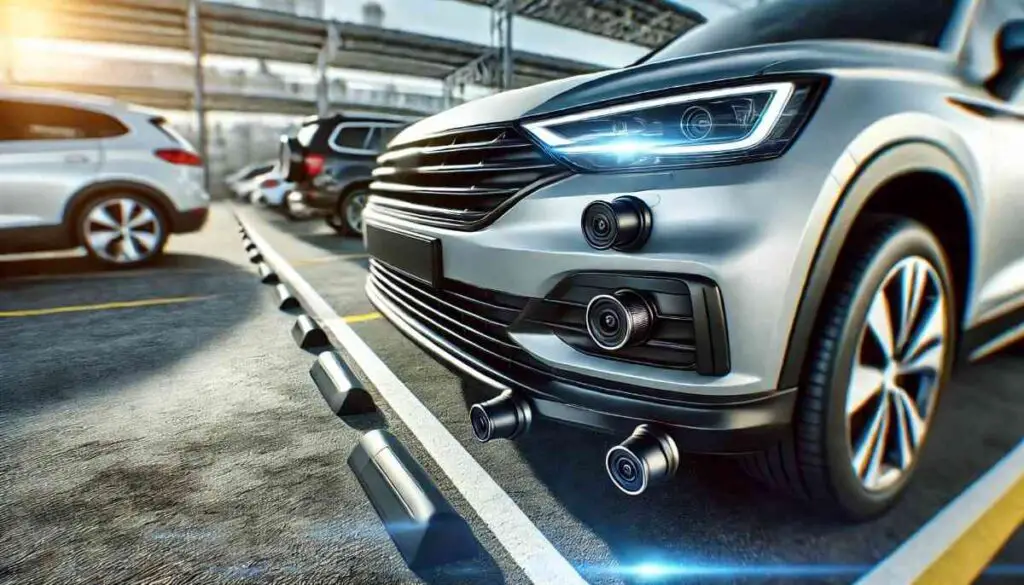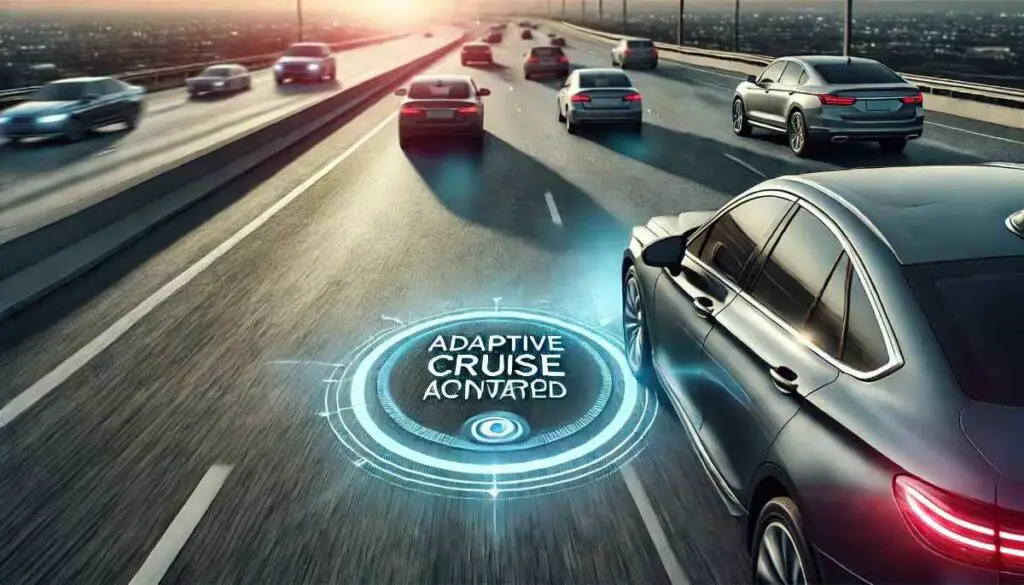Introduction: The Evolution of Car Safety Technologies
Car safety features have come a long way over the years, evolving from basic seat belts and airbags to sophisticated systems that actively prevent accidents and protect drivers. In today’s fast-paced world, the need for innovative safety technologies is more pressing than ever. With increasing traffic, higher speeds, and a greater emphasis on driver convenience, modern vehicles must integrate cutting-edge safety systems to protect not only drivers but also pedestrians and cyclists. This article will explore the latest advancements in car safety features that are revolutionizing the driving experience.
Overview of Modern Car Safety Features
Today’s vehicles are equipped with an array of technologies designed to enhance safety and make driving easier. Some of the key features include:
-
Advanced Driver-Assistance Systems (ADAS): These systems provide real-time feedback and take proactive actions to assist the driver.
-
Collision Prevention Technologies: Features such as automatic emergency braking and lane-keeping assist play a vital role in preventing accidents.
-
Pedestrian and Cyclist Detection: Protecting vulnerable road users has become a priority for many automakers.
-
Adaptive Headlights and Night Driving: These systems ensure better visibility during low-light conditions.
As we continue to embrace advancements in artificial intelligence (AI), machine learning, and smart sensors, these features are becoming even more intuitive and effective at preventing accidents before they occur.
Collision Prevention Technologies: Saving Lives
The integration of collision prevention technologies has been a game changer in enhancing road safety. These systems go beyond traditional features and actively assist in avoiding or mitigating collisions.
Adaptive Cruise Control (ACC)
Adaptive Cruise Control takes traditional cruise control to the next level by adjusting the car’s speed to maintain a safe distance from the vehicle ahead. By using radar and cameras, ACC can slow down, speed up, or even stop the car when necessary, significantly reducing the risk of rear-end collisions.
Automatic Emergency Braking (AEB)
Automatic Emergency Braking systems detect an impending collision and apply the brakes if the driver doesn’t react in time. AEB is particularly effective in low-speed accidents, providing an extra layer of protection in congested areas.
Forward Collision Warning (FCW)
Forward Collision Warning uses radar and cameras to monitor the road ahead, alerting the driver if there is a risk of a collision. It helps drivers react faster to sudden obstacles or slow-moving traffic, thus preventing accidents.
Blind Spot Monitoring
Blind Spot Monitoring detects vehicles in the driver’s blind spot and provides visual or audible warnings to prevent accidents during lane changes. This system is especially useful in heavy traffic or on highways, where vehicles often appear suddenly.
Lane-Assist Systems: Staying Safe and Centered
Lane-Assist technologies are designed to keep drivers in their lane and prevent accidents caused by distractions or drowsiness.
Lane Departure Warning (LDW)
Lane Departure Warning alerts the driver when the vehicle unintentionally drifts out of its lane. This system uses cameras to detect lane markings and can warn the driver through visual, audible, or tactile feedback.
Lane Keeping Assist (LKA)
Lane Keeping Assist takes it a step further by actively steering the vehicle back into the lane if it starts drifting. This feature is invaluable for preventing accidents caused by momentary lapses in concentration or fatigue.
Parking Assistance: Making Parking Easier and Safer
Modern parking systems use a variety of technologies to improve the safety and ease of parking. These systems are particularly useful in tight spaces and help prevent minor accidents in parking lots.
Parking Sensors and Cameras
Parking sensors detect obstacles around the vehicle and alert the driver with a series of beeps. Rearview cameras provide a clear view of what’s behind the vehicle, helping drivers make safer parking decisions.
Rear Cross Traffic Alert
Rear Cross Traffic Alert monitors the area behind the vehicle while backing out of parking spaces. This system warns the driver of approaching vehicles or pedestrians, preventing accidents in crowded parking lots.
Automated Parking Systems
Automated parking systems allow vehicles to park themselves. These systems use sensors and cameras to navigate the car into a parking spot, eliminating the risk of human error while parking.
Pedestrian and Cyclist Detection Systems: Protecting Vulnerable Road Users
Pedestrian and cyclist detection systems use advanced sensors and cameras to identify pedestrians and cyclists in the vehicle’s path. This technology is crucial in urban environments where pedestrians and cyclists are more vulnerable.
Detection and Prevention
These systems detect pedestrians and cyclists as soon as they enter the vehicle’s path, alerting the driver or automatically applying the brakes if necessary. The aim is to prevent accidents in busy urban areas, especially at intersections.
Real-World Examples
Many automakers have already incorporated pedestrian detection into their vehicles, successfully preventing collisions. For instance, Ford and Volvo have implemented systems that can detect pedestrians even at night, providing additional protection in low-light conditions.
Adaptive Headlights: Nighttime Driving Made Safer
Adaptive headlights are an essential feature for safer nighttime driving. They adjust the vehicle’s headlights to match the curves of the road, providing better illumination on bends and hills.
How Adaptive Headlights Work
Unlike traditional headlights, which provide a fixed beam of light, adaptive headlights adjust based on the steering angle, speed, and elevation of the road. This ensures that drivers can see around curves and corners, preventing accidents caused by poor visibility.
The Difference Between Traditional and Adaptive Headlights
Traditional headlights cast a fixed beam that may not provide optimal visibility in certain driving conditions. Adaptive headlights, on the other hand, adjust in real-time to the road, improving the driver’s field of vision and making nighttime driving much safer.
Traction and Stability Control: Enhancing Vehicle Control
Traction and stability control systems are designed to help drivers maintain control of their vehicle in challenging driving conditions such as rain, snow, or icy roads.
Anti-lock Braking Systems (ABS)
ABS prevents the wheels from locking up during hard braking, allowing the driver to maintain steering control. This is crucial in emergency situations where quick and precise braking is required.
Electronic Stability Control (ESC)
ESC helps prevent skidding and rollovers by automatically adjusting the brakes and engine power to maintain vehicle stability. It is particularly effective in slippery conditions or sharp turns.
Traction Control
Traction control ensures that the wheels do not spin when accelerating on slippery surfaces. By managing wheel slip, this system enhances the vehicle’s grip on the road, reducing the risk of accidents caused by loss of control.
Driver Monitoring Systems: Ensuring Driver Focus
Driver monitoring systems are designed to detect signs of driver fatigue or distraction and provide warnings to keep the driver alert.
Drowsiness Detection
Drowsiness detection systems monitor the driver’s behavior and alert them if they show signs of fatigue, such as erratic steering or prolonged inactivity. This system helps prevent accidents caused by falling asleep at the wheel.
Driver Attention Warnings
Driver attention warnings use sensors and cameras to track the driver’s eye movements and focus. If the system detects signs of distraction or a lack of attention, it will issue a warning to encourage the driver to refocus on the road.
Side-Impact Protection: Minimizing Injury During Crashes
Side-impact collisions are among the most dangerous types of crashes. Today’s vehicles are equipped with several features designed to protect passengers in the event of a side-impact collision.
Side-Impact Airbags
Side-impact airbags deploy in the event of a side collision, cushioning the impact and reducing the risk of injury to the occupant. These airbags are typically located in the doors or seat backs and are designed to protect the torso and head.
Crumple Zones and Reinforced Structures
Crumple zones are areas of the car designed to deform and absorb the impact during a crash. Reinforced side structures further protect passengers by preventing excessive cabin intrusion during a side-impact collision.
Vehicle-to-Vehicle Communication: A New Era of Road Safety
Vehicle-to-vehicle (V2V) communication allows vehicles to exchange real-time data, enhancing safety by preventing accidents before they happen.
Real-Time Data Exchange
V2V systems allow vehicles to communicate with each other, sharing information such as speed, location, and direction. This data can be used to alert drivers about potential hazards, such as vehicles stopping suddenly or turning in front of them.
The Future of V2V Technology
As autonomous vehicles become more prevalent, V2V technology will play an even more critical role in preventing accidents. By enabling cars to communicate with each other, V2V systems can reduce human error and enhance overall road safety.
Tire Pressure Monitoring Systems (TPMS): Keeping Tires Safe
Tire pressure is crucial for vehicle safety, and tire pressure monitoring systems (TPMS) alert drivers when their tires are underinflated or overinflated.
The Importance of Proper Tire Pressure
Maintaining proper tire pressure ensures better control of the vehicle and reduces the risk of tire blowouts. TPMS provides early warnings when tire pressure drops below the recommended levels, allowing drivers to take corrective action before a safety issue arises.
Smart Airbags: Revolutionizing Airbag Technology
Smart airbags represent the latest advancement in airbag technology, offering a more adaptive response to different crash scenarios.
Adaptive Airbags
Unlike traditional airbags that deploy in a one-size-fits-all manner, smart airbags adjust their deployment force based on factors such as the severity of the crash, the size of the occupant, and the seat position. This reduces the risk of injury from airbag deployment itself.
Conclusion: The Future of Car Safety Features
As the automotive industry continues to innovate, car safety features are becoming more advanced and integrated than ever before. From AI-driven systems to autonomous driving technologies, the future of car safety looks brighter than ever. With these innovations, drivers can enjoy a safer, more secure driving experience, ultimately reducing accidents and saving lives.

